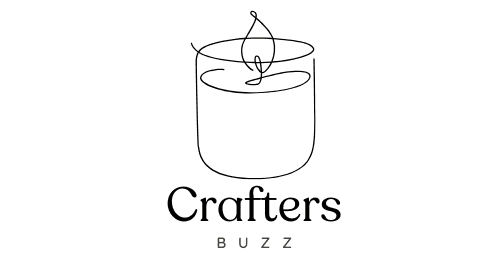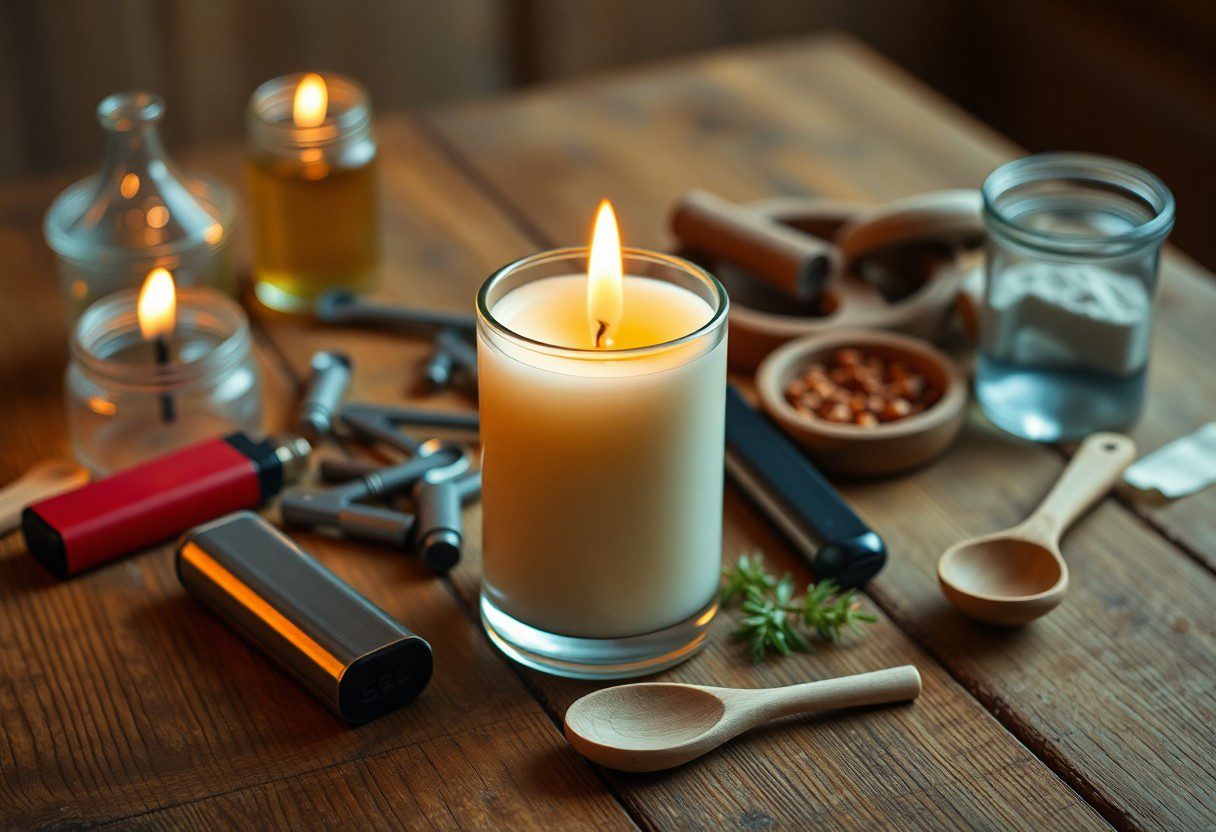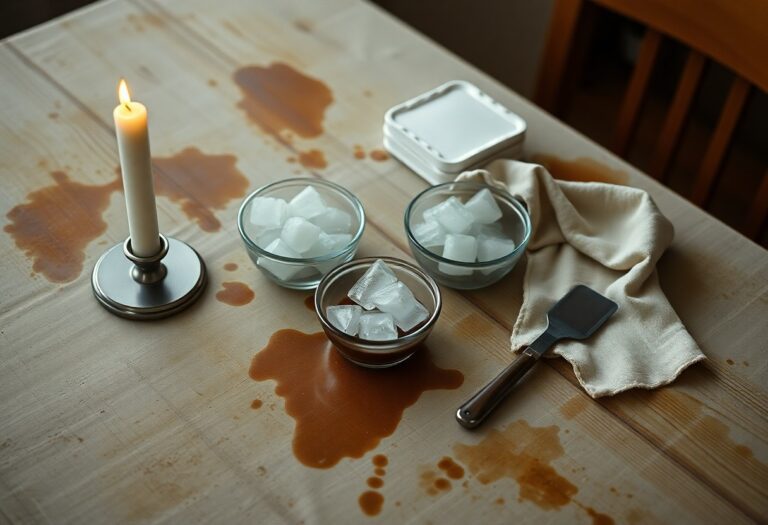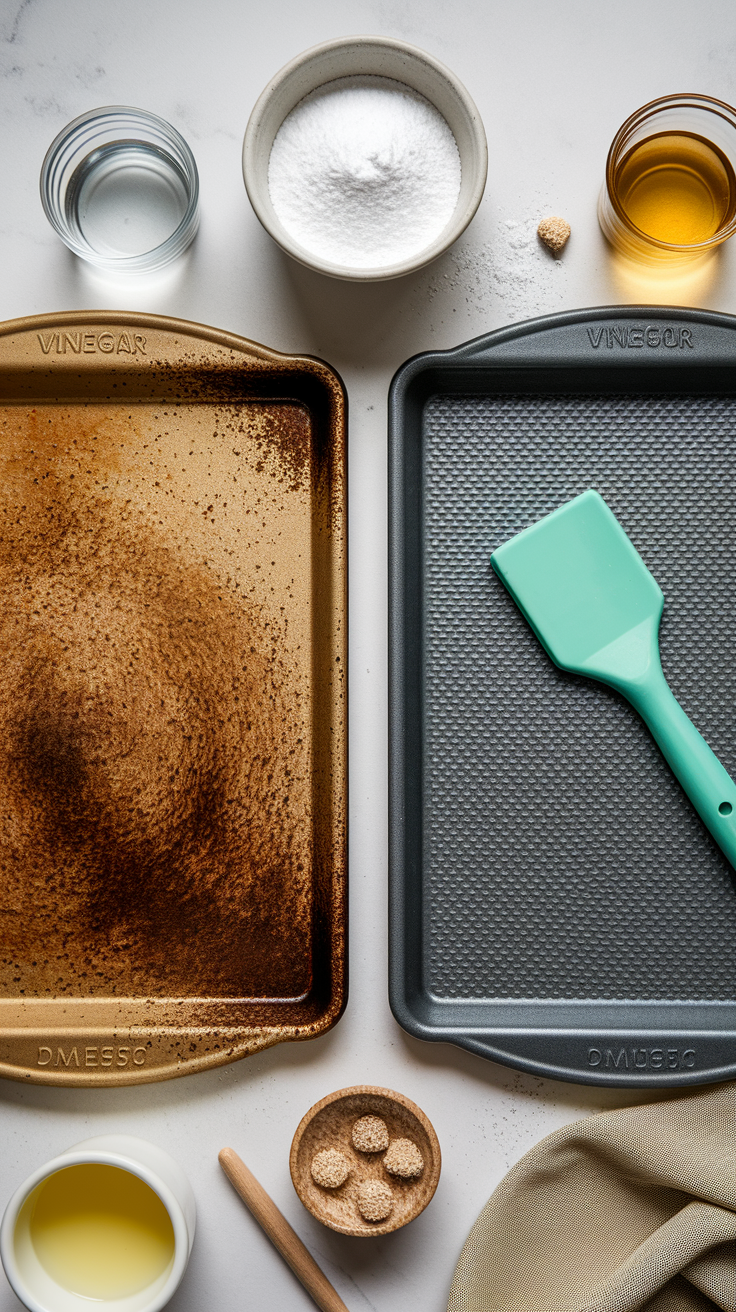How to make and buy candles using recycled or upcycled materials.
In recent years, the movement towards sustainability has gained significant momentum, influencing various industries, including home decor and personal care. Among the many products that have embraced this eco-conscious shift, candles have emerged as a popular choice for those looking to reduce waste while enjoying the ambiance and fragrance they provide. Recycled and upcycled candles not only offer a unique aesthetic but also contribute to environmental conservation by repurposing materials that would otherwise end up in landfills.
This article delves into the fascinating world of recycled and upcycled candles, exploring their creation, benefits, and the creative possibilities they present. Recycled candles are typically made from leftover wax from previous candle-making endeavors or from used candles that have been melted down and reformed. Upcycled candles, on the other hand, take this concept a step further by incorporating materials that may not traditionally be associated with candle-making, such as glass jars, tin cans, or even old teacups.
The process of creating these candles not only reduces waste but also allows for a level of creativity that can result in stunning, one-of-a-kind pieces. As consumers become more aware of their environmental impact, the demand for sustainable products like recycled and upcycled candles continues to rise, making them an appealing option for eco-conscious shoppers.
Key Takeaways
- Recycled and upcycled candles offer a sustainable and eco-friendly alternative to traditional candles.
- Choosing the right materials for recycled candles is essential for ensuring safety and quality.
- A step-by-step guide to making recycled candles can help beginners create their own sustainable candles at home.
- When buying upcycled candles, it’s important to consider factors such as the quality of the materials and the reputation of the seller.
- Using recycled and upcycled candles not only reduces waste but also supports a more sustainable lifestyle.
Choosing the Right Materials for Recycled Candles
Selecting the appropriate materials is crucial when embarking on the journey of making recycled candles. The primary component, wax, can come from various sources. Paraffin wax, derived from petroleum, is commonly used in commercial candles but is not the most eco-friendly option.
Instead, opting for natural waxes such as soy, beeswax, or palm wax can significantly enhance the sustainability of your candle-making process. Soy wax, for instance, is derived from soybeans and is biodegradable, making it a popular choice among environmentally conscious crafters. Beeswax, on the other hand, is a natural byproduct of honey production and boasts a longer burn time along with air-purifying properties.
In addition to wax, the choice of wick is equally important. Cotton wicks are a common choice due to their clean-burning properties and ease of use. However, for those looking to further enhance their eco-friendly approach, wooden wicks can provide a unique aesthetic and a crackling sound reminiscent of a fireplace.
When it comes to containers for your recycled candles, the options are virtually limitless. Glass jars, metal tins, and even ceramic dishes can all be repurposed to house your creations. The key is to ensure that whatever container you choose is heat-resistant and safe for candle use.
Step-by-Step Guide to Making Recycled Candles
Creating recycled candles can be a rewarding and enjoyable process that allows for personal expression while promoting sustainability. The first step involves gathering your materials. Collect used candles or leftover wax from previous projects and chop them into small pieces to facilitate melting.
If you’re using new wax, measure out the desired amount based on the size of your container. Next, prepare your workspace by laying down newspaper or a protective covering to catch any spills. Once your materials are ready, melt the wax using a double boiler method.
This involves placing a heat-safe container filled with wax over a pot of simmering water. Stir occasionally until the wax is completely melted and reaches a temperature of around 170-180°F (77-82°C). If you wish to add fragrance oils or colorants, this is the time to do so.
Be sure to follow the recommended usage rates for any additives to ensure optimal scent throw and color vibrancy. After achieving the desired consistency and fragrance, carefully pour the melted wax into your prepared container. If you’re using a wick, secure it in place by dipping it in the melted wax before positioning it in the center of the container.
Allow the candle to cool completely before trimming the wick to about ¼ inch above the surface. This process not only results in a beautiful candle but also provides an opportunity to experiment with different scents and colors, making each creation uniquely yours.
Tips for Buying Upcycled Candles
When it comes to purchasing upcycled candles, there are several factors to consider to ensure you’re making an informed choice. First and foremost, look for reputable brands that prioritize sustainability in their production processes. Many artisans who specialize in upcycled candles take great care in sourcing their materials responsibly and often provide transparency about their practices.
Reading customer reviews can also offer insight into the quality and performance of the candles you’re considering. Another important aspect to consider is the type of wax used in the candle. As with recycled candles, opting for natural waxes such as soy or beeswax can enhance your eco-friendly purchase.
Additionally, pay attention to the fragrance used in the candle; synthetic fragrances can sometimes contain harmful chemicals that may negate some of the benefits of choosing an upcycled product. Instead, look for candles that use essential oils or natural fragrance blends for a safer alternative. Lastly, consider the packaging of the upcycled candles you’re purchasing.
Eco-friendly packaging not only complements the sustainable nature of the product but also reduces waste associated with traditional packaging materials. Brands that utilize recyclable or biodegradable packaging demonstrate a commitment to environmental responsibility that aligns with your values as a conscious consumer.
Benefits of Using Recycled and Upcycled Candles
The benefits of using recycled and upcycled candles extend beyond mere aesthetics; they encompass environmental, economic, and health considerations as well. From an environmental standpoint, these candles contribute significantly to waste reduction by repurposing materials that would otherwise be discarded. By choosing recycled or upcycled options, consumers actively participate in minimizing their carbon footprint and promoting a circular economy where resources are reused rather than wasted.
Economically speaking, making recycled candles at home can be a cost-effective alternative to purchasing new ones. By utilizing leftover wax and repurposed containers, individuals can create beautiful candles without incurring significant expenses. Furthermore, supporting small businesses that specialize in upcycled candles fosters local economies and encourages sustainable practices within communities.
Health-wise, many commercial candles contain harmful additives such as paraffin wax and synthetic fragrances that can release toxins when burned. In contrast, recycled and upcycled candles made from natural materials offer a cleaner burning experience that is less likely to contribute to indoor air pollution. This makes them a safer choice for households with children or pets.
Creative Ideas for Upcycling Candle Containers
The beauty of upcycling candle containers lies in their versatility and potential for creativity. One popular idea is repurposing glass jars from food products such as sauces or jams into charming candle holders. After thoroughly cleaning and removing any labels, these jars can be filled with homemade candles or purchased upcycled ones for a rustic touch in home decor.
Another innovative approach involves using vintage teacups or mugs as candle containers. These unique vessels add character and charm to any space while providing an opportunity to showcase personal style. Simply ensure that they are heat-resistant before pouring in melted wax.
Once the candle has burned down completely, these teacups can be reused for serving tea or as decorative items. For those who enjoy crafting with metal materials, tin cans can also serve as excellent candle holders. After removing labels and cleaning them thoroughly, these cans can be painted or decorated with twine or fabric for added flair.
The result is an industrial-chic candle holder that adds an eclectic touch to any room.
Eco-Friendly Packaging for Recycled Candles
As consumers become increasingly aware of their environmental impact, eco-friendly packaging has emerged as an essential consideration for businesses producing recycled candles. Sustainable packaging options include biodegradable materials such as compostable bags or boxes made from recycled paper products. These alternatives not only reduce waste but also align with consumers’ values regarding sustainability.
Additionally, brands can explore reusable packaging solutions that encourage customers to return containers for refills or repurposing. This approach not only minimizes waste but also fosters customer loyalty by creating a sense of community around sustainable practices. For instance, some companies offer discounts or incentives for customers who bring back their empty candle containers for reuse.
Moreover, minimalistic packaging designs that prioritize functionality over excess can also contribute to sustainability efforts. By reducing unnecessary materials while still ensuring product safety during transit, brands can effectively lower their environmental footprint while appealing to eco-conscious consumers.
Embracing Sustainable Candle Making and Buying
The journey into the world of recycled and upcycled candles reveals not only an opportunity for creativity but also a commitment to sustainability that resonates with modern consumers. By choosing recycled materials and supporting brands that prioritize eco-friendly practices, individuals can enjoy beautiful candles while contributing positively to the environment. Whether through crafting homemade creations or purchasing thoughtfully designed products from small businesses, embracing sustainable candle-making practices fosters a deeper connection between consumers and their choices.
As awareness grows regarding the impact of consumer habits on the planet, the appeal of recycled and upcycled candles will likely continue to flourish. This trend not only reflects changing attitudes towards waste but also highlights the potential for innovation within traditional industries like candle-making. By exploring creative avenues for repurposing materials and prioritizing sustainability in both production and packaging, we can collectively work towards a more environmentally conscious future—one candle at a time.
If you are interested in learning more about the spiritual significance of candles in religious ceremonies, check out this article. It delves into the history and symbolism of candles in various faith traditions. Additionally, if you are curious about the benefits and drawbacks of using paraffin candles, you may want to read this informative piece. And for a fascinating look at the history and impact of the candle tax on candle usage, be sure to explore this article.
FAQs
What are recycled or upcycled materials for making candles?
Recycled or upcycled materials for making candles can include old candle wax, used candle jars, glass bottles, tin cans, and other containers that can be repurposed for candle making.
How can I make candles using recycled materials?
To make candles using recycled materials, you can collect old candle wax, melt it down, and pour it into new containers. You can also repurpose old containers as candle holders and wicks can be made from natural materials like cotton or hemp.
Where can I buy recycled or upcycled candles?
You can buy recycled or upcycled candles from local artisans, craft fairs, and online marketplaces that specialize in eco-friendly and sustainable products. Additionally, some mainstream retailers may also offer candles made from recycled materials.












